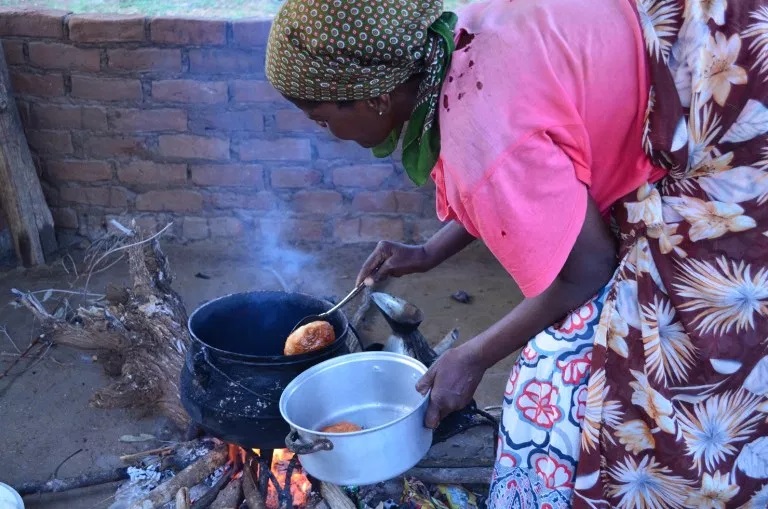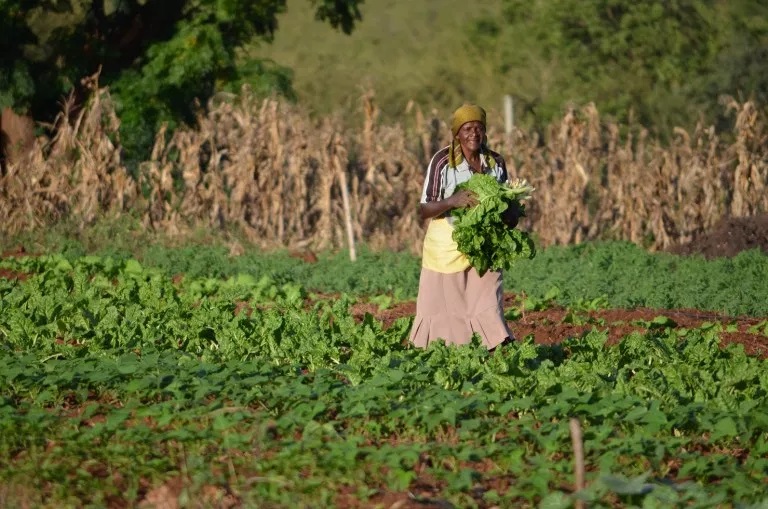
Alice has raised the price of her legendary doughnuts. People had been telling her to do so for a long while but she worried that the school kids wouldn’t be able to buy them. She needn’t have worried. They still sell like — well, like doughnuts — and she’s pocketing a little more money for her efforts.
Our early morning with Alice is a favourite memory from the film shoot, not least because we got to sample the delicious treats straight from the oil. Mo shot so much footage of Alice making her way to the school to sell doughnuts that when she reviewed the files that night she told us, “we’ve got Alice crossing the continent with her wheelbarrow.” Those who followed our exploits during filming in 2015 may have read the following story before. Those who’ve seen the film will remember Alice.
******
Alice has always been one of the last farmers to arrive at the farm. She rolls in with her wheelbarrow just after ten. Her early mornings are spent making doughnuts to sell at school at recess time.
Early is an understatement. Alice gets up at 1:30 am to make the batter for her doughnuts. She buys fresh yeast in bulk once a week or so, and goes through 25 kg of flour every four days. After putting aside the batter for the first rise she catches a little more sleep, then gets up at 3:45 to shape the flattened balls (120 each day). She might doze off while they rise, and by 5:30 she’s up making the fire and putting on the oil to heat. By 6 she drops the first balls into the sizzling oil. Before the sun was up on the day of the shoot Alice’s first customers were coming up the path – a church lady and a couple of young boys on their way to school. Doughnut frying lasted about an hour; Alice had a quick bath and set off for the primary school, her wheelbarrow loaded and ready for the day. It’s a long way from Alice’s house at the bottom of the village to the school at the top. There were frequent stops to sell to regulars as she passed their gates.
Alice tells me a little bashfully that there is “not much profit” in this business she’s been running for twelve years. She clears about thirty rand – three dollars – a day after paying for flour, yeast, sugar, and oil. She recently doubled her prices to keep pace with the price of flour. Her customers didn’t bat an eye. This is Alice’s only reliable source of income since she’s several years too young for the pension. She’s relieved the farm is back in action. The vegetables she takes home are a big help to the household budget.
The school kids polished off the doughnuts at recess and Alice headed off to the farm. By the time she arrived the sun was at full, blistering strength. She picked up her hoe and started the day’s work.

